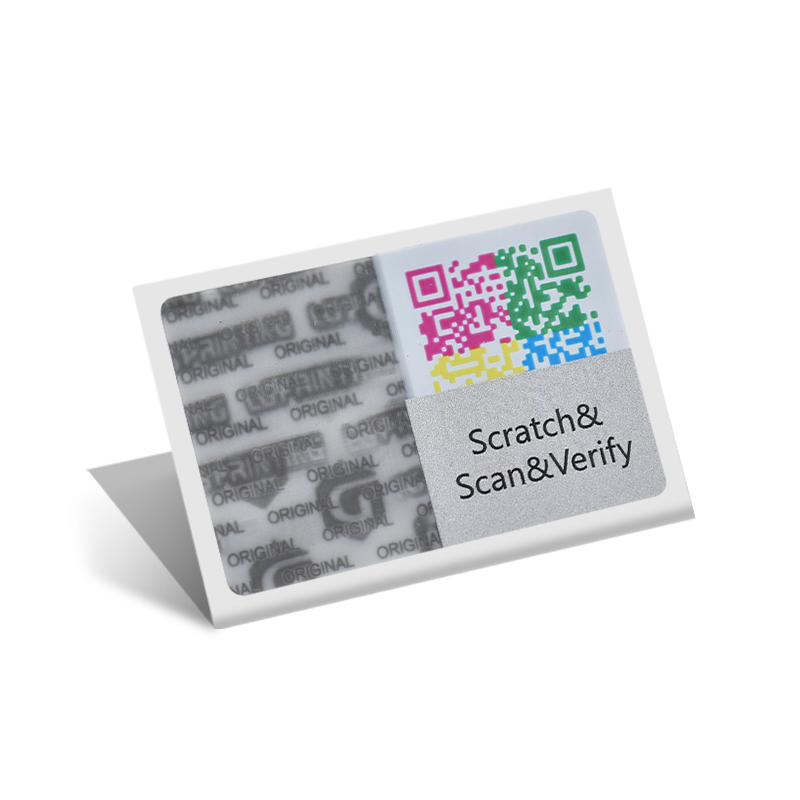The concept of 3D nano stickers is rooted in advanced nanotechnology, a field that deals with materials and structures at the nanoscale—just billionths of a meter.
These stickers are not merely decorative; they represent a sophisticated fusion of science and engineering. Their development involves intricate nanoscale patterns, which interact with light to produce vibrant, three-dimensional visual effects. This technology is so precise that it can create complex optical illusions without relying on bulky materials, making it ideal for a variety of applications.
One of the most fascinating applications of 3D nano stickers is in the field of security and anti-counterfeiting. These stickers can be integrated into high-security documents, such as banknotes, passports, and identification cards. By embedding nanostructures into paper or polymer surfaces, manufacturers can create unique, difficult-to-replicate patterns. For example, certain nano stickers can change color when viewed from different angles or under different lighting conditions, making them nearly impossible to forge. This technology has already been adopted by some countries in their currency designs, ensuring that their banknotes are highly secure and resistant to counterfeiting.
Another area where 3D nano stickers are making an impact is in consumer electronics. They can be used to decorate devices like smartphones, tablets, and laptops with intricate, high-resolution designs. Unlike traditional stickers, which may peel or fade over time, nano stickers are durable and resistant to environmental factors, ensuring that their vibrant appearance remains intact.
In conclusion,3D nano stickers are more than just a novelty; they represent a significant advancement in nanotechnology with practical applications in security, electronics, and beyond. As this technology continues to evolve, it has the potential to revolutionize industries by combining functionality, security, and aesthetic appeal in a single, innovative solution.

